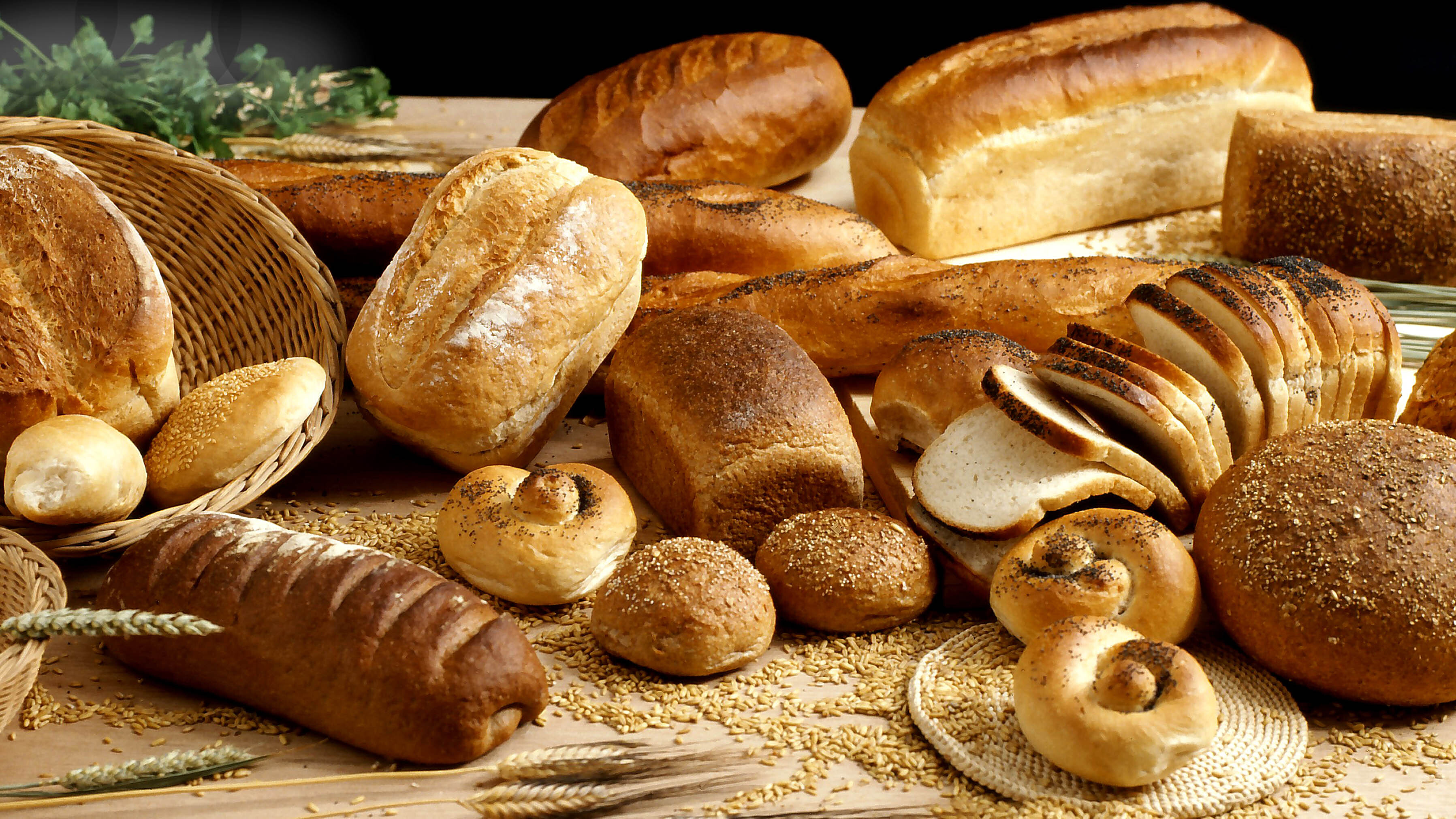
Bagels, sourdough, flatbreads and rye: bread comes in all shapes and sizes and forms part of our staple diet. But while we enjoy munching through a plethora of bakes, it’s one of the most wasted food products.
With a short shelf life, bread is quick to turn dry, and is promptly banished to the bin. And there’s certainly no hope left for this staple food once it turns fuzzy with mold.
So, if you want to cut your food waste and save money on your food shop, make sure you follow our five tips on how to keep your bread fresh for longer.
1. Freeze your bread
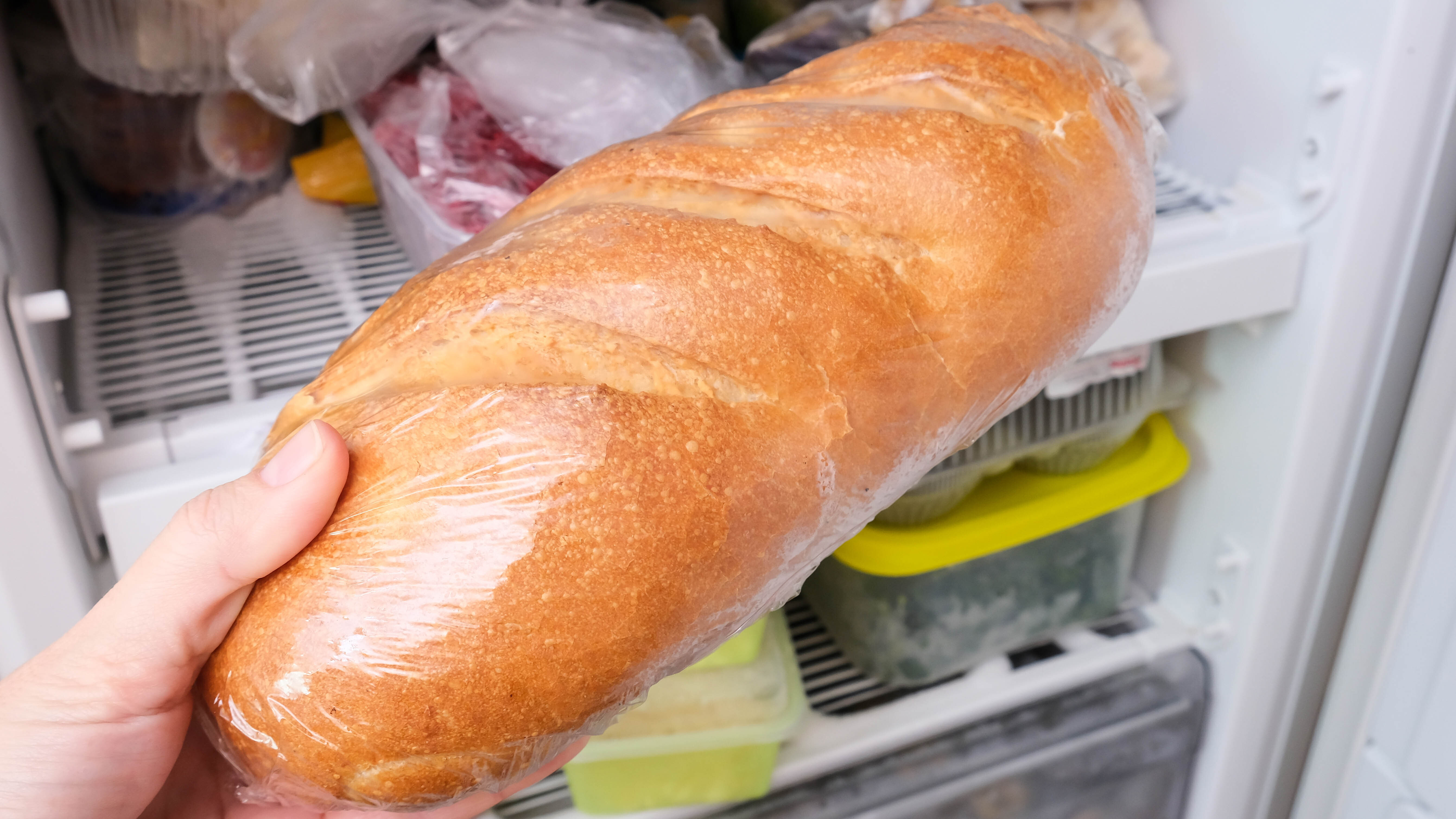
Too much bread to get through in one go? Has your bread machine been on overdrive? Simply pop it in the freezer. If you only get through a slice or two at a time, slice your loaf and separate the slices between wax paper to make them easier to remove. Whether you’re freezing a whole or sliced loaf, be sure to wrap the bread tightly in a freezer bag to avoid it coming into contact with ice crystals.
When you’re ready to defrost a whole loaf, place it in the refrigerator overnight, as it can tend to go soggy if left out on a worktop. If you haven’t got the time to wait, the loaf can be placed in a warm oven, heated to 325°F for 30 minutes. And frozen sliced bread can go straight into the toaster. Just add butter!
Freezing bread is the best method to avoid a stale loaf and ensures you always have a supply at hand. The only downside is remembering to remove the loaf from the refridgerator in time for you to enjoy it.
2. Buy a bread box
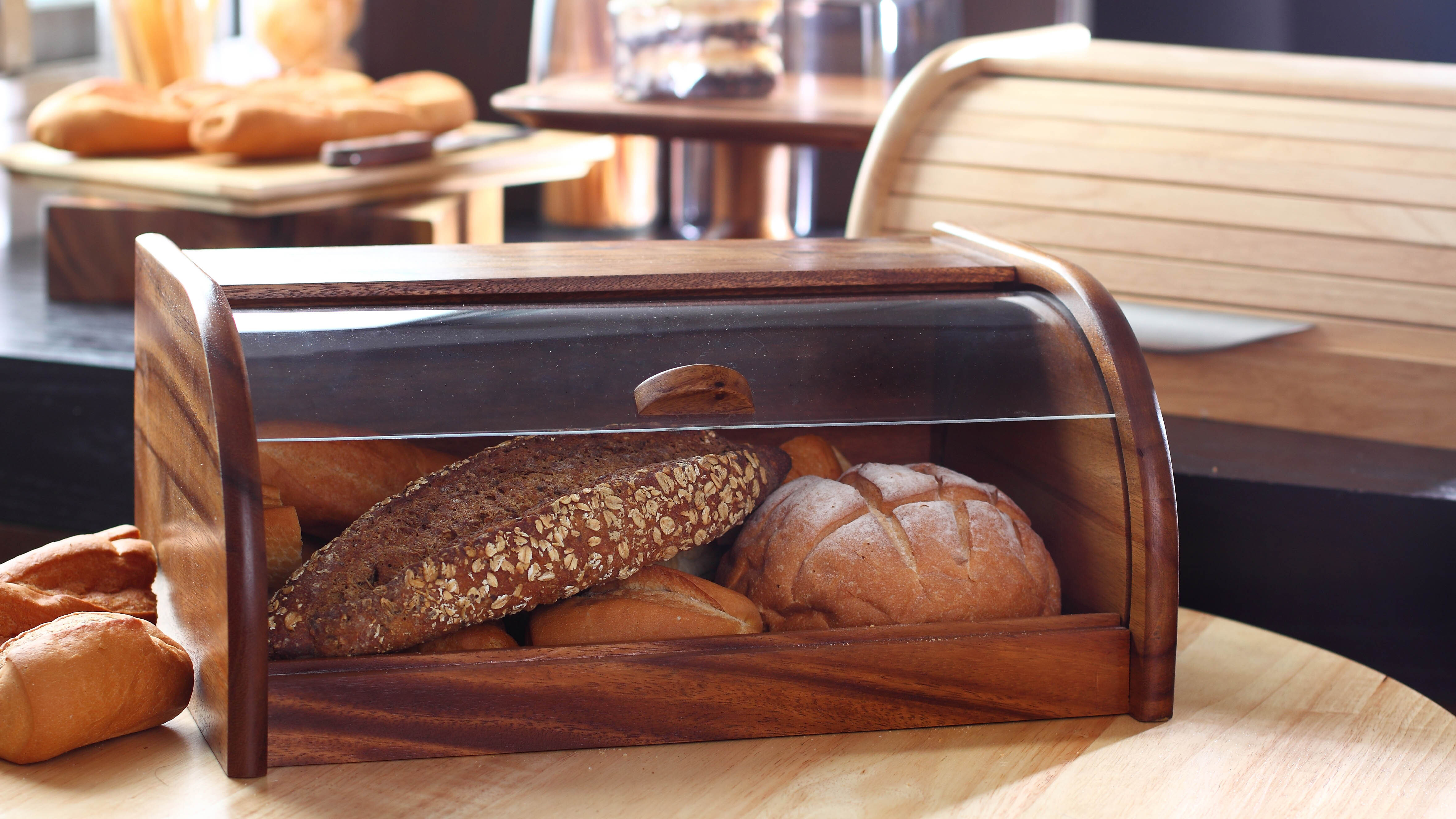
A bread box provides the perfect environment to store your bread and will allow your bread to stay fresh for about three days depending on your type of loaf. How do they work? Bread stays fresher when it’s well sealed, meaning there is less air circulating which causes the bread to go stale quicker.
However, do look out for a bread box that contains small holes, which will allow some air to circulate and prevent the bread from going moldy. And for best results, always remember to keep the bread wrapped in a paper bag.
Although a bread box makes a good alternative to freezing the bread, there will be some humidity, meaning the more bread you store the higher humidity, so, for the best results, don’t overfill your bread box. Although, if your household is anything like mine, bread is never around for long enough to have a chance to dry out or go moldy.
3. Keep bread away from heat
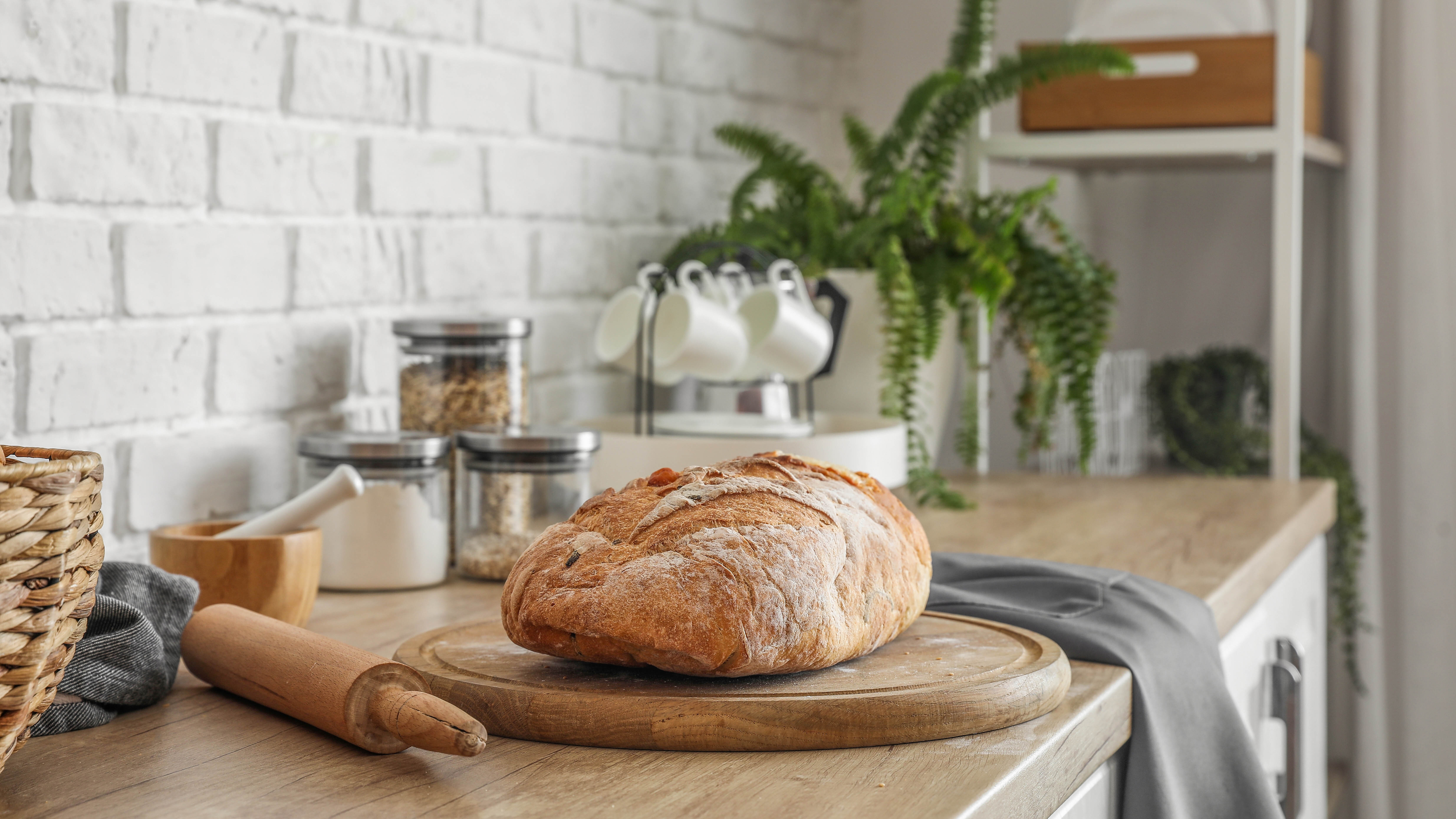
It can get hot and steamy in the kitchen, so it’s not always the best environment for keeping bread fresh. Heat will make the bread dry out faster, giving you a dry bite, rather than a soft texture.
To keep your bread at its best, store it away from the oven, or any other heat source, such as the top of a refrigerator or freezer, and avoid any sunny window areas. Rather than storing your bread near heat, it’s best stored in a cool area (room temperature or below) on your kitchen worktop, or in a dark pantry, if you have one.
4. Wrap it in paper
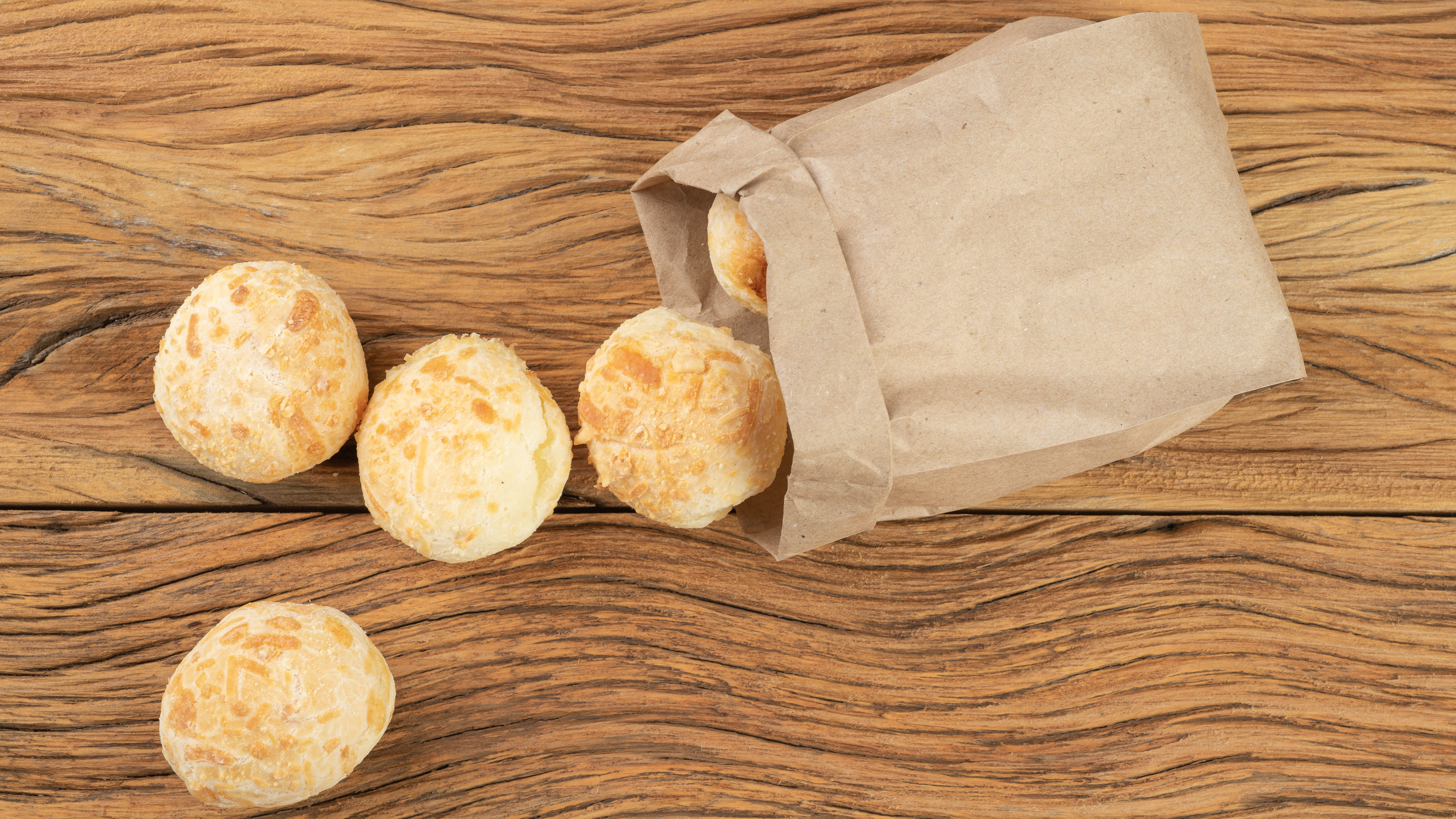
While many a loaf is sold in a plastic wrapper, it’s not conducive to keeping the bread fresh. In fact, plastic encourages mold growth as it traps moisture inside the bag and also softens the crust. So, if you’re keen to extend the life of your crust, you’re best swapping that plastic wrapper for a paper bag – it will allow just enough air to circulate without capturing moisture and allowing mold to grow.
And once you’ve sliced your loaf, an extra tip is to ensure the cut end is covered to prevent it drying out further. If in doubt, wrap it in a second paper bag to keep it protected.
5. Know your bread
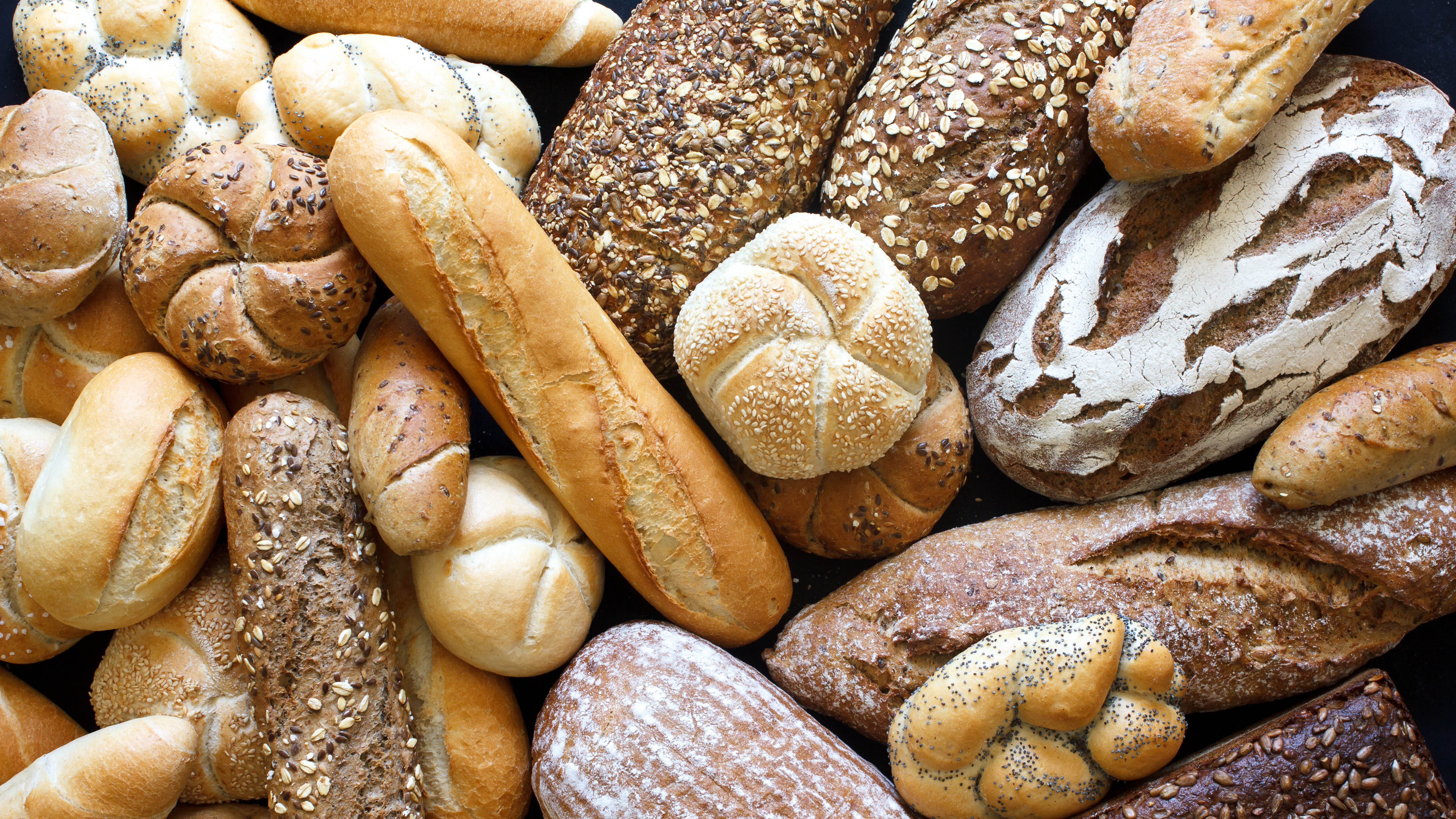
You can expect bread to last for 3-7 days if its kept at room temperature, but ultimately, the lifespan of your bread depends on what’s inside. So, even though you can choose a storage method to help keep your bread fresh, how quickly it goes stale or becomes moldy, will be partly down to the ingredients.
One way to think of it is whether your bread is lean or rich. If your bread contains the basic ingredients, including flour, water, salt and yeast, it will become stale much quicker than an enriched bread, which contains fats and sugars that help it stay fresher for longer. Your homemade loaf is also likely to go dry much faster than a commercially made version that has preservatives to extend its life.
If your priority is making or buying bread with a longer shelf life, knowing which breads last longer will help you decide which recipe to choose or which loaf to purchase.
Top tips to use up stale bread
Despite your best efforts to keep your bread fresh, sometimes you’re left with dry morsels that simply aren’t nice enough to turn into sandwiches or even toast. However, there are plenty of tasty treats that work best when using stale bread. And, as an added bonus, they help to prevent food waste.
Enjoy crispy croutons scattered on top of a heart-warming soup, munch on some delicious French toast, or indulge in a bread and butter pudding. You can even blitz up some breadcrumbs to store in the freezer as a food coating.
More from Tom's guide
- Here's how to make bread at home
- Looking to invest in a bread machine? Check out the best bread machines in 2023
- Bread machine vs oven — which is better?







